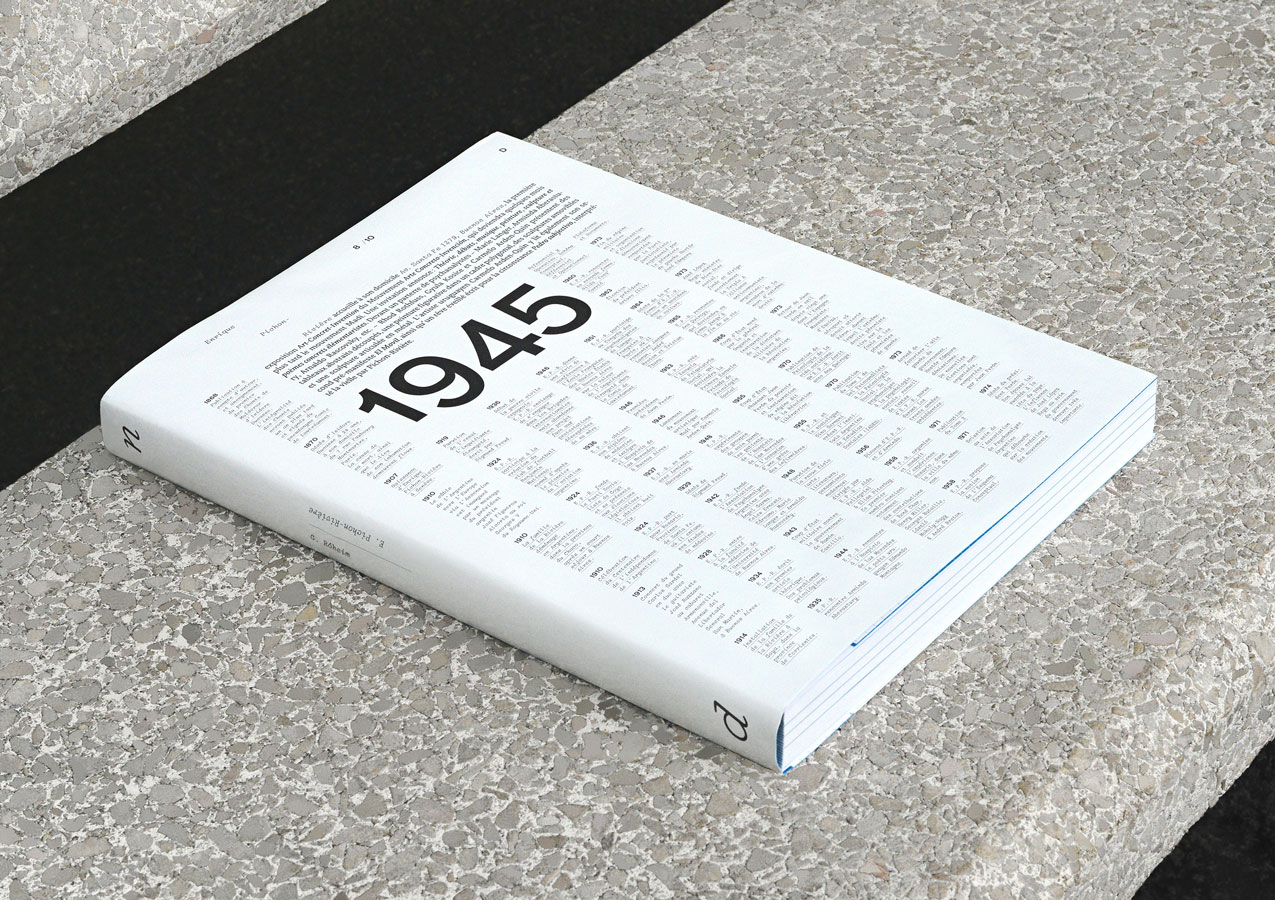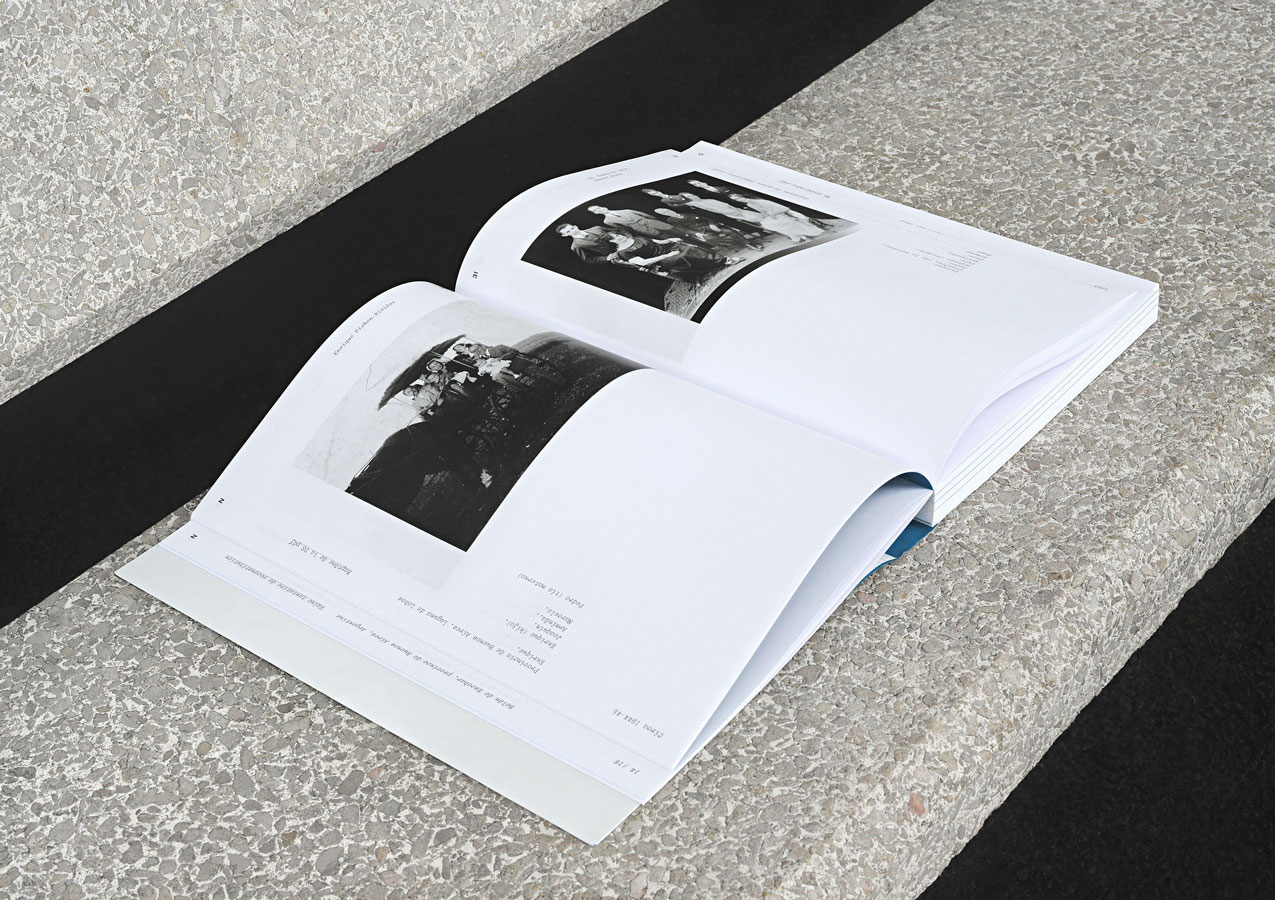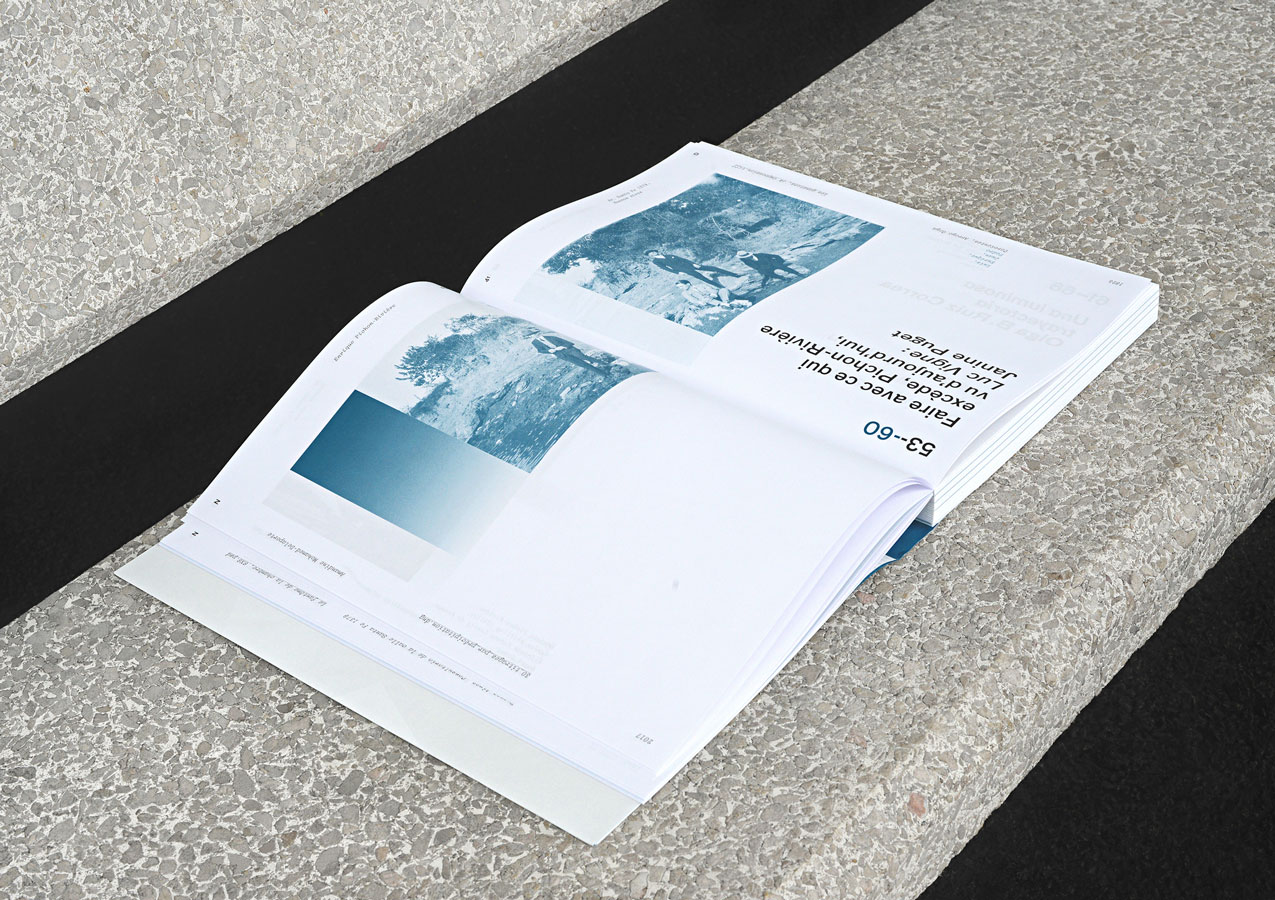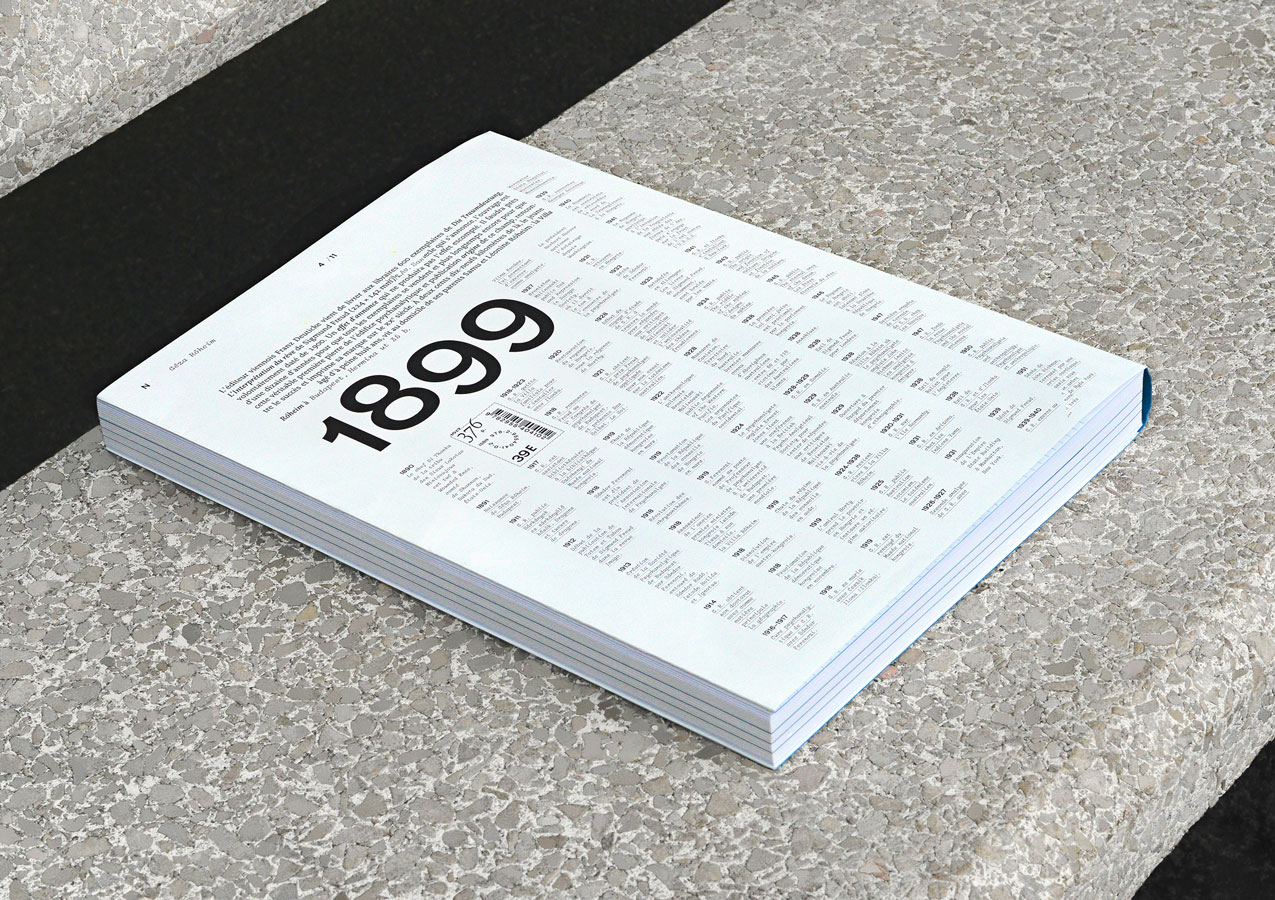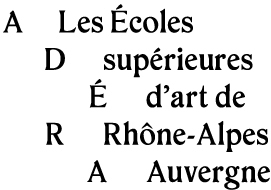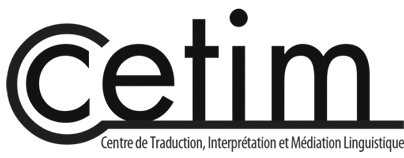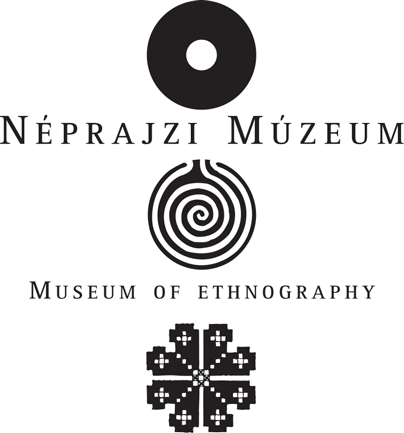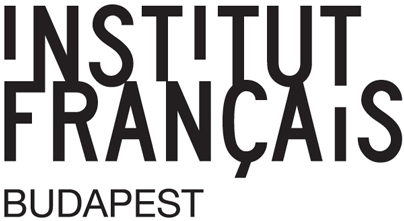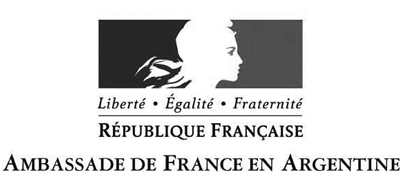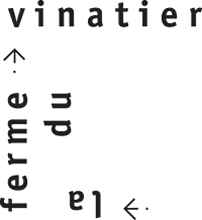First, a will to synthesize, a search for uniqueness and for a relation of meaningful interdependence between an editorial content and its design, between text and its visual identity, between the search and the creation. Then, an observation: the subject of human sciences through editorial and graphical design is rarely approached by contemporary writings. Beyond this will, it was first necessary to gather around our declared ambitions in order to stimulate the interdependence between the different disciplines. Finally, it led to a huge work of connections, to an integrative and progressive writing following an editorial method which associates indistinctly a character, a concept and an image and which constantly questions its goals: to join a debate in which we wish to participate and thus to single out its object as it is without any other pretence, to appeal to characters which would contribute to the search but also for what they represent, to stimulate inter-subjectivity and establish a strict procedure, to refine the realization and preserve without interfering in what results from the different connections, to choose between individual visions and collective reason.
An intuition too, about a rather unexplored field: the editorial design taking part in the scenography and the organization of the contents. This comes from an interrogation about writing in human sciences. What if graphic and editorial design were combined with writing in human sciences, a discipline which confronts ethical, aesthetical and scientific arguments, and oppositions such as objectivity and subjectivity, science and literature, substance and form? Similar questions are shared by the two fields which both question the status of the part played by what is displayed and what can be read: literary work or vector of thought and transmission? Supervised writing or independence of the writer in his work?
Writing in human sciences expresses conceptions, opinions, attitudes and practices but also values and feelings prevailing in its field of action. Thus, the typography and the graphical and editorial design define a whole reality of writing, the editorial design being freed from and at the same time given new responsibilities. What positions to adopt and to test (experimental, interpretative, dialogical…)? Making the activity of research (whether aesthetical or theoretical) accessible or taking another look at the established codes of a common history? Where to find the balance between the necessity of creating an identity and position the experience not to be out of range? On what presuppositions to base the whole strategy for each edition and for the general collection?
The general project of n.d. is to make comparisons but also connections, which allows to answer partly some of the questions and presents possible perspectives, just like the “double” editorial concept leaves an equal place to combinations, connections and nuances: a constant whirling inside and outside the book, causing the writers to re-evaluate the experience, the critics and the final results. And still on the principle of interdependence, the numerous technical problems raised require strengthened relations between design and editorial concept.
To develop such a project about human sciences also means a fresh boost for the Academic areas and the University, which are subjected to a strictness of forms, protocol and seriousness. It also gives back to arts its primary role which is to create, to trouble and to explore. The different balances thus presented, the re-reading of a university structure is quite meaningful and allows a new visual and intellectual experience. It is rarely possible to approach demanding university texts about subjects proposing new possibilities of understanding and at the same time to have access to a sophisticated design experience.
To sum up, we could say that « nouveau document » is the ambition of a literary adventure concerning the object created and the story told, collected works about well known figures in the field of research (in every sense), and an association defending a concept in human sciences based on exchanges between the fields of arts, graphical and editorial design.
